Soccer Slang: The Half Turn
A textbook Half Turn requires total body control - and no brakes. (Photo: Getty Images/Chris Brunskill)
Soccer may ultimately be about putting the ball in the net — but the modern game is overflowing with jargon.
As tactics become increasingly shaped by data and analytics, players and coaches have developed an ever-evolving technical language — one that NYC Footy’s new Soccer Slang series aims to decode.
From Gegenpressing to The Rest Defence, we translate the phrases that make contemporary soccer sound more like science fiction.
This week, we’re breaking down the deceptively simple — but hugely influential — half turn.
The Half Turn
The legendary Johan Cruyff captured it perfectly: “If you play in one touch, very good. If you touch the ball twice, good. If you touch it three times, wrong.”
But even a brilliant first touch can be wasted if a player doesn’t know how to receive the ball. That’s where the half turn comes in.
We’ve all heard a commentator exclaim that a player “takes the ball brilliantly on the half turn”… but what does that actually mean? And why has this skill become so vital in the modern game?
Mastered by fleet-footed operators like Manchester City’s Phil Foden, the half turn is the art of opening the body and receiving the ball side-on.
Imagine you’re passing the ball forward to a teammate:
If he’s facing completely away from you, he’s “fully turned.”
If he’s facing his own goal, he’s “not turned” at all.
The half turn sits between those extremes — a sweet spot that gives the player maximum awareness of their surroundings and the widest range of options for what comes next.
The value of receiving the ball in this way is obvious. At their peak, Barcelona’s iconic midfield trio — Xavi, Iniesta, and Busquets — were nearly impossible to dispossess. Opponents could swear they had them trapped… yet they always wriggled free.
So, which would you choose?
Option A: Take a great first touch with a closed body position. Option B: Take a great first touch on the half turn.
We know which one Johan would’ve taken.


